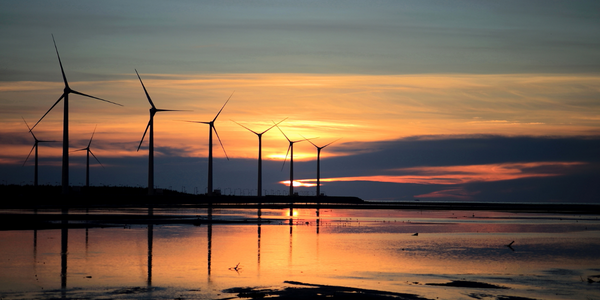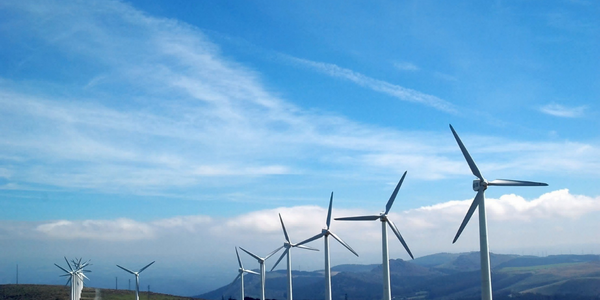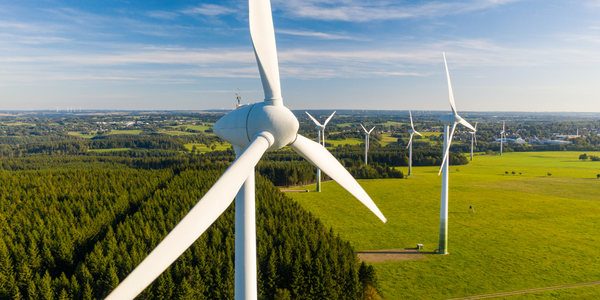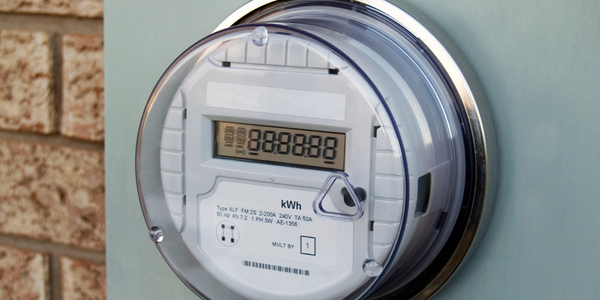Technology Category
- Analytics & Modeling - Big Data Analytics
- Application Infrastructure & Middleware - Data Visualization
Applicable Industries
- Electrical Grids
- Renewable Energy
Applicable Functions
- Product Research & Development
Use Cases
- Microgrid
- Object Detection
Services
- Data Science Services
About The Customer
The customer in this case study is the National Renewable Energy Laboratory (NREL), a federal laboratory in the United States that focuses solely on renewable energy, commercialization, development, and research. NREL is committed to advancing reliable, resilient, and affordable clean energy. To achieve this, they have to think big and consider the big picture, which involves realizing high penetrations of renewable energy while simultaneously achieving broad goals. NREL is dedicated to overcoming the challenges posed by the variability and continuity of renewable energy in both space and time. They are committed to ensuring that renewable energy resources are properly characterized and preserved.
The Challenge
The National Renewable Energy Laboratory (NREL) is the only federal laboratory in the United States that focuses solely on renewable energy, commercialization, development, and research. The challenge NREL faces is how to realize high penetrations of renewable energy while achieving broad goals of reliability, resilience, and affordability. The complexity of the energy grid, with its numerous generators and variable load, requires sophisticated tools and visualizations to understand and manage. A fundamental challenge with renewable energy is its variability and continuity in both space and time, which poses challenges to traditional models. The question is how to take a phenomenon that’s inherently continuous and variable, and fit it into a discrete model space, whether it’s nodal or regional. The biggest question is how to ensure that the resource is properly characterized and preserved.
The Solution
NREL has embraced spatial analysis and geospatial data science to address these challenges. This approach combines traditional GIS, geospatial big data, geo statistical analysis, and spatial temporal and multivariate modeling and visualization. NREL's spatial data science team has a broad research focus, represented in a pyramid that applies technological and economical constraints to whittle down the resource until the developable renewable energy potential is found. The team uses spatial analysis to understand barriers and regulations, transmission analysis, wind farm characterizations, and resource analysis. They also use generator modeling to understand the performance of different photovoltaic technologies across broad geographies. All these disparate pieces of analysis and research are combined in a spatial temporal techno-economic model called the Renewable Energy Potential Model or ‘reV’. This model combines resource information, systems engineering modeling, economics, technical spatial constraints, and transmission analysis to come up with geospatial supply curves.
Operational Impact

Case Study missing?
Start adding your own!
Register with your work email and create a new case study profile for your business.
Related Case Studies.

Case Study
Remote Monitoring & Predictive Maintenance App for a Solar Energy System
The maintenance & tracking of various modules was an overhead for the customer due to the huge labor costs involved. Being an advanced solar solutions provider, they wanted to ensure early detection of issues and provide the best-in-class customer experience. Hence they wanted to automate the whole process.

Case Study
Vestas: Turning Climate into Capital with Big Data
Making wind a reliable source of energy depends greatly on the placement of the wind turbines used to produce electricity. Turbulence is a significant factor as it strains turbine components, making them more likely to fail. Vestas wanted to pinpoint the optimal location for wind turbines to maximize power generation and reduce energy costs.

Case Study
Siemens Wind Power
Wind provides clean, renewable energy. The core concept is simple: wind turbines spin blades to generate power. However, today's systems are anything but simple. Modern wind turbines have blades that sweep a 120 meter circle, cost more than 1 million dollars and generate multiple megawatts of power. Each turbine may include up to 1,000 sensors and actuators – integrating strain gages, bearing monitors and power conditioning technology. The turbine can control blade speed and power generation by altering the blade pitch and power extraction. Controlling the turbine is a sophisticated job requiring many cooperating processors closing high-speed loops and implementing intelligent monitoring and optimization algorithms. But the real challenge is integrating these turbines so that they work together. A wind farm may include hundreds of turbines. They are often installed in difficult-to-access locations at sea. The farm must implement a fundamentally and truly distributed control system. Like all power systems, the goal of the farm is to match generation to load. A farm with hundreds of turbines must optimize that load by balancing the loading and generation across a wide geography. Wind, of course, is dynamic. Almost every picture of a wind farm shows a calm sea and a setting sun. But things get challenging when a storm goes through the wind farm. In a storm, the control system must decide how to take energy out of gusts to generate constant power. It must intelligently balance load across many turbines. And a critical consideration is the loading and potential damage to a half-billion-dollar installed asset. This is no environment for a slow or undependable control system. Reliability and performance are crucial.

Case Study
Remote Monitoring and Control for a Windmill Generator
As concerns over global warming continue to grow, green technologies are becoming increasingly popular. Wind turbine companies provide an excellent alternative to burning fossil fuels by harnessing kinetic energy from the wind and converting it into electricity. A typical wind farm may include over 80 wind turbines so efficient and reliable networks to manage and control these installations are imperative. Each wind turbine includes a generator and a variety of serial components such as a water cooler, high voltage transformer, ultrasonic wind sensors, yaw gear, blade bearing, pitch cylinder, and hub controller. All of these components are controlled by a PLC and communicate with the ground host. Due to the total integration of these devices into an Ethernet network, one of our customers in the wind turbine industry needed a serial-to-Ethernet solution that can operate reliably for years without interruption.

Case Study
Temperature monitoring for vaccine fridges
Dulas wanted a way to improve the reliability of the cold chain, facilitating maintenance and ensuring fewer vaccines are spoiled. Dulas wanted an M2M solution which would enable them to record and report the temperature inside vaccine refrigerators.

Case Study
Hydro One Leads the Way In Smart Meter Development
In 2010, Ontario’s energy board mandated that time-of-use (TOU) pricing for consumers be available for all consumers on a regulated price plan. To meet this requirement, Hydro One needed to quickly deploy a smart meter and intelligent communications network solution to meet the provincial government’s requirement at a low cost. The network needed to cover Hydro One’s expansive service territory, which has a land mass twice the size of Texas, and its customers live in a mix of urban, rural, and remote areas, some places only accessible by air, rail, boat or snowmobile. Most importantly, the network needed to enable future enterprise-wide business efficiencies, modernization of distribution infrastructure and enhanced customer service. To meet these needs, Hydro One conceptualized an end-to-end solution leveraging open standards and Internet Protocols (IP) at all communication levels. The utility drew upon industry leaders like Trilliant to realize this vision.







